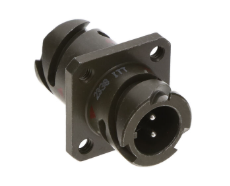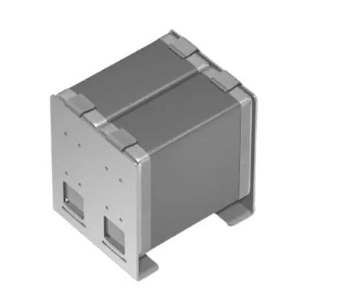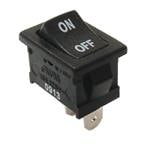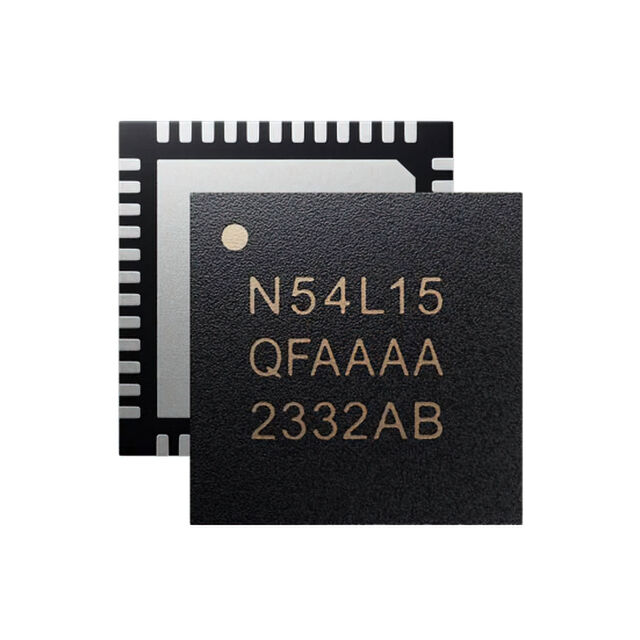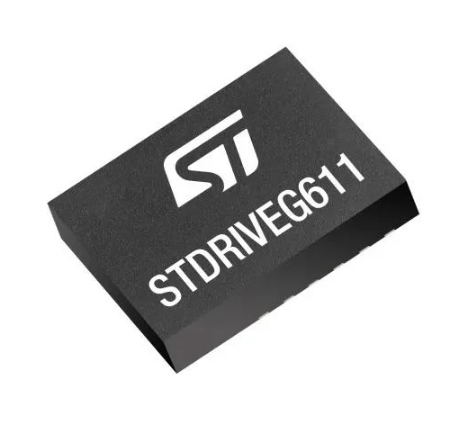The great VR cake off
Virtual reality (VR) is a visually immersive, simulated experience in which a user wears a headset device that takes them, in the figurative sense, out of their reality and puts them into an alternative, virtual one.
Initially conceived back in the 1960s, the idea has seen many iterations over the years, and has moved beyond a purely visual experience to incorporate haptics that allow users to feel virtual environments. Now, researchers at The Ohio State University have taken it a step further, introducing taste to the VR experience through an innovation called "e-taste."
What is e-taste?
e-taste is a system designed to enable users to remotely perceive and replicate taste sensations, creating a new dimension of sensory immersion in digital environments. Unlike traditional VR experiences that focus on sight and sound, e-taste brings chemical stimulation into play, allowing users to experience flavours without consuming physical food.
How does it work?
The e-taste system consists of a small, wearable actuator with two key components: an interface for the mouth and an electromagnetic pump. This pump is connected to a liquid channel containing specific chemical solutions. When an electric charge is applied, the pump vibrates, pushing micro-doses of the solution through a specialised gel layer and into the user's mouth. The interaction between the chemicals and the gel layer modulates the intensity and duration of taste perception.
Through controlled exposure to these taste-modulating solutions, the system can replicate a range of taste sensations, including sweetness, bitterness, sourness, and saltiness. The strength of the perceived taste can be adjusted by altering the duration of exposure and the composition of the chemical solution, allowing for precise taste manipulation.
Why create it?
The development of e-taste stems from a growing interest in enhancing digital experiences beyond traditional audiovisual stimulation. As the Metaverse and immersive technologies evolve, incorporating additional sensory feedback can make virtual interactions more realistic and engaging. This technology has potential applications in a variety of fields, including:
- Digital dining and remote food experiences: users could sample virtual restaurant menus or experience the taste of food before purchasing ingredients
- Medical and dietary applications: e-taste could assist individuals with dietary restrictions by simulating forbidden flavours without actual consumption
- Sensory training and rehabilitation: patients recovering from taste disorders or undergoing sensory therapy could benefit from controlled taste stimulation
By bridging the gap between the digital and physical worlds, e-taste opens up new opportunities for engineers and researchers working in human-computer interaction, digital health, and sensory augmentation. While the technology is still in its early stages, it marks a step towards a future where VR is not just seen and felt, but also tasted.


